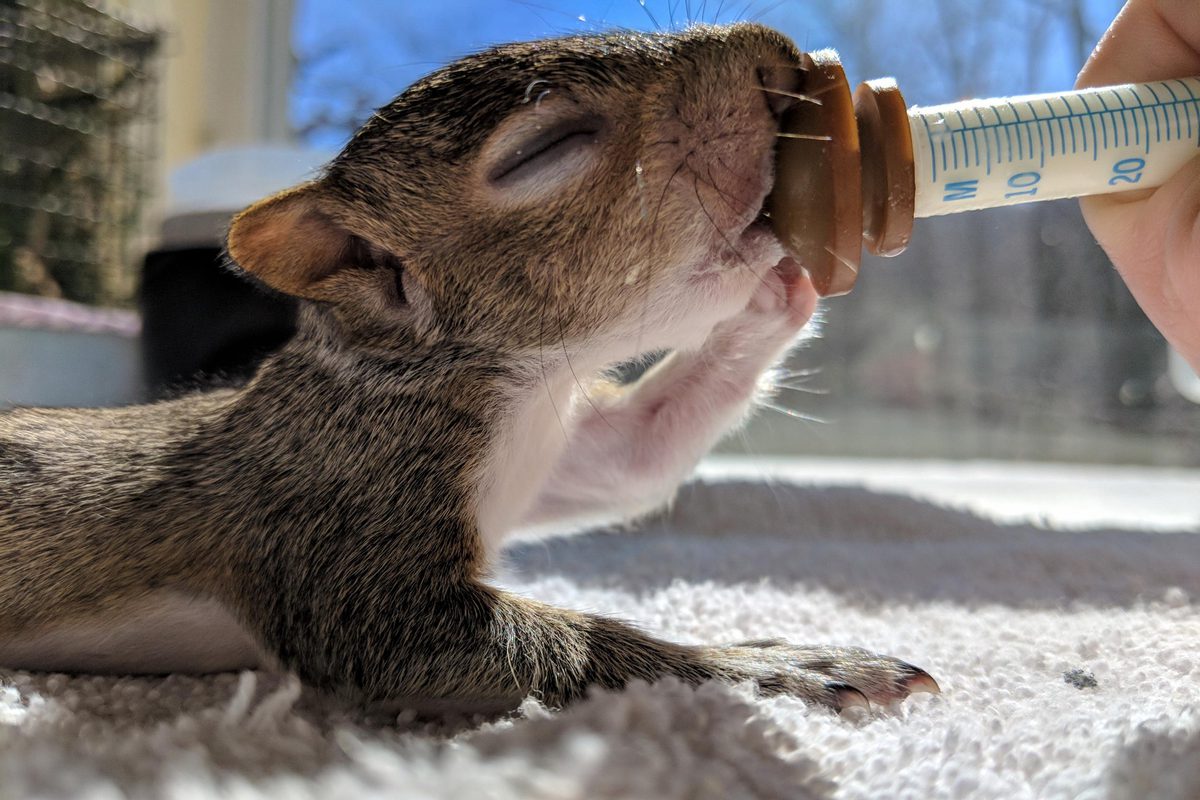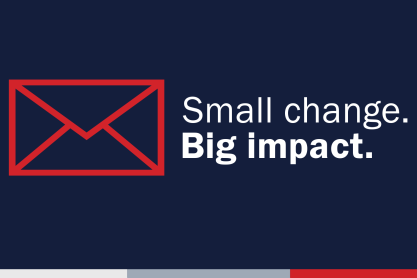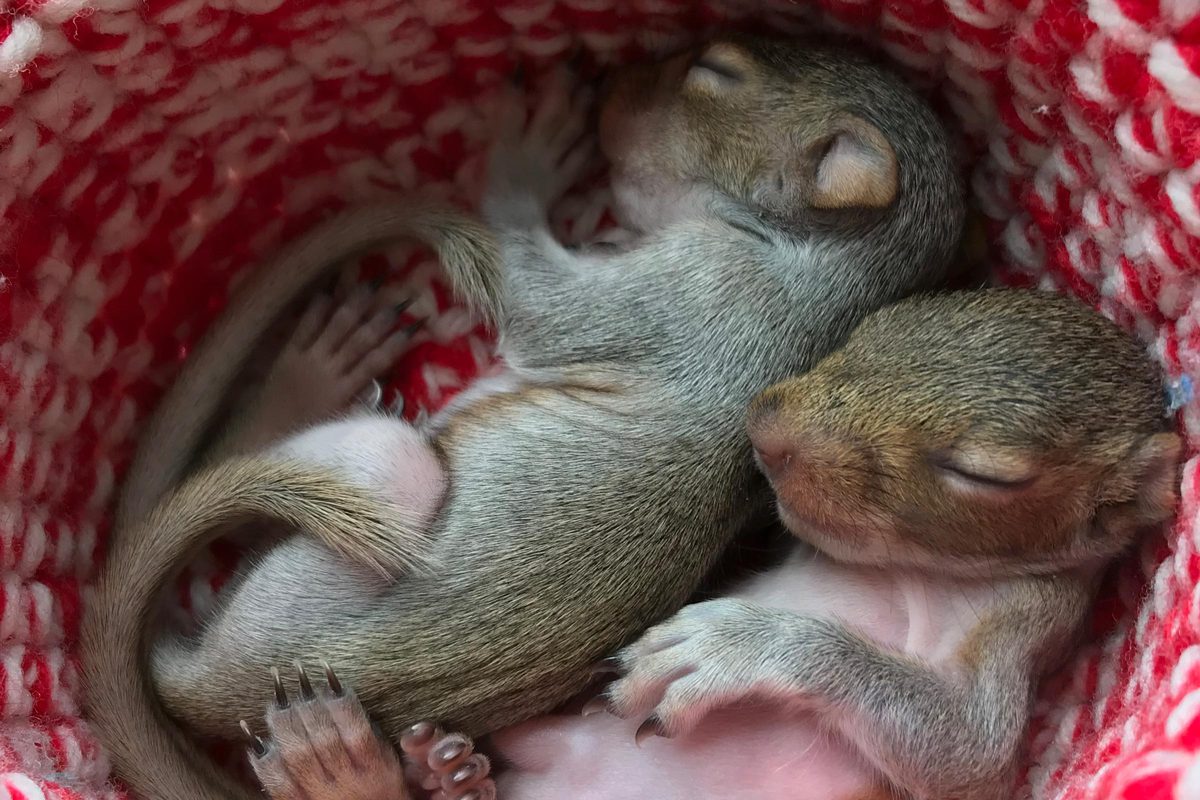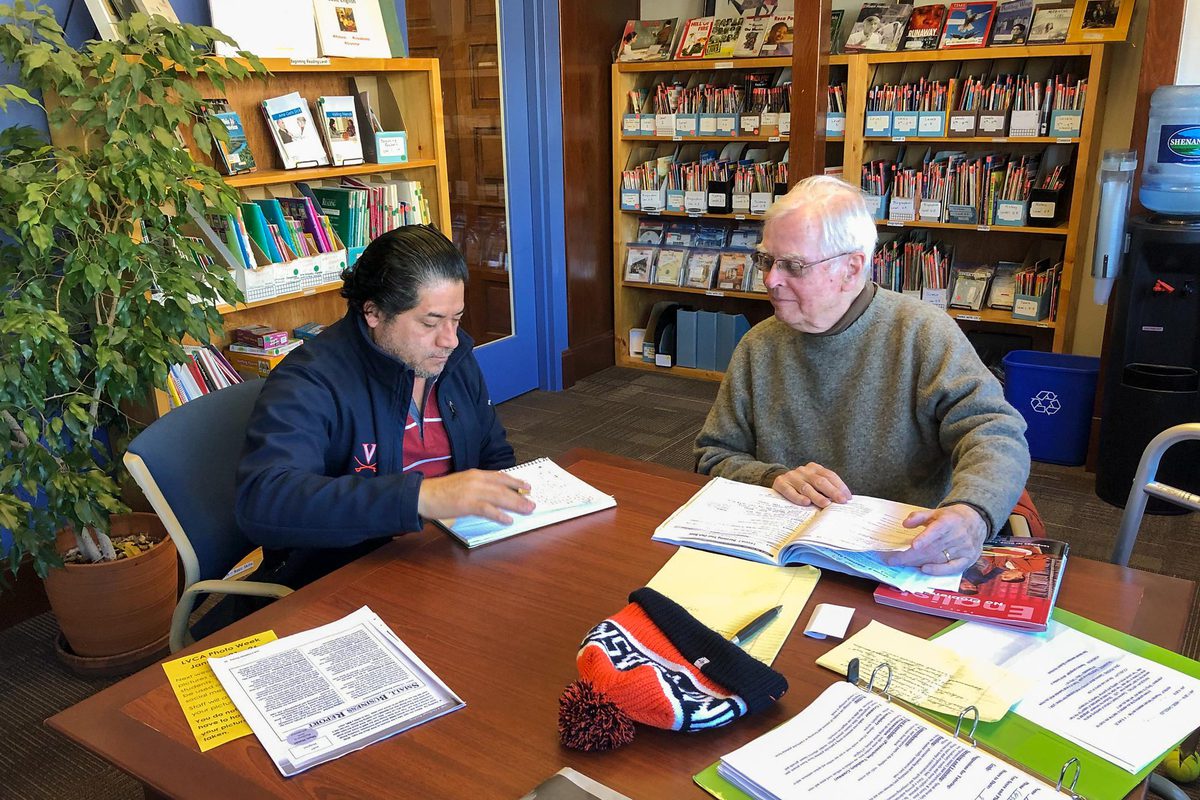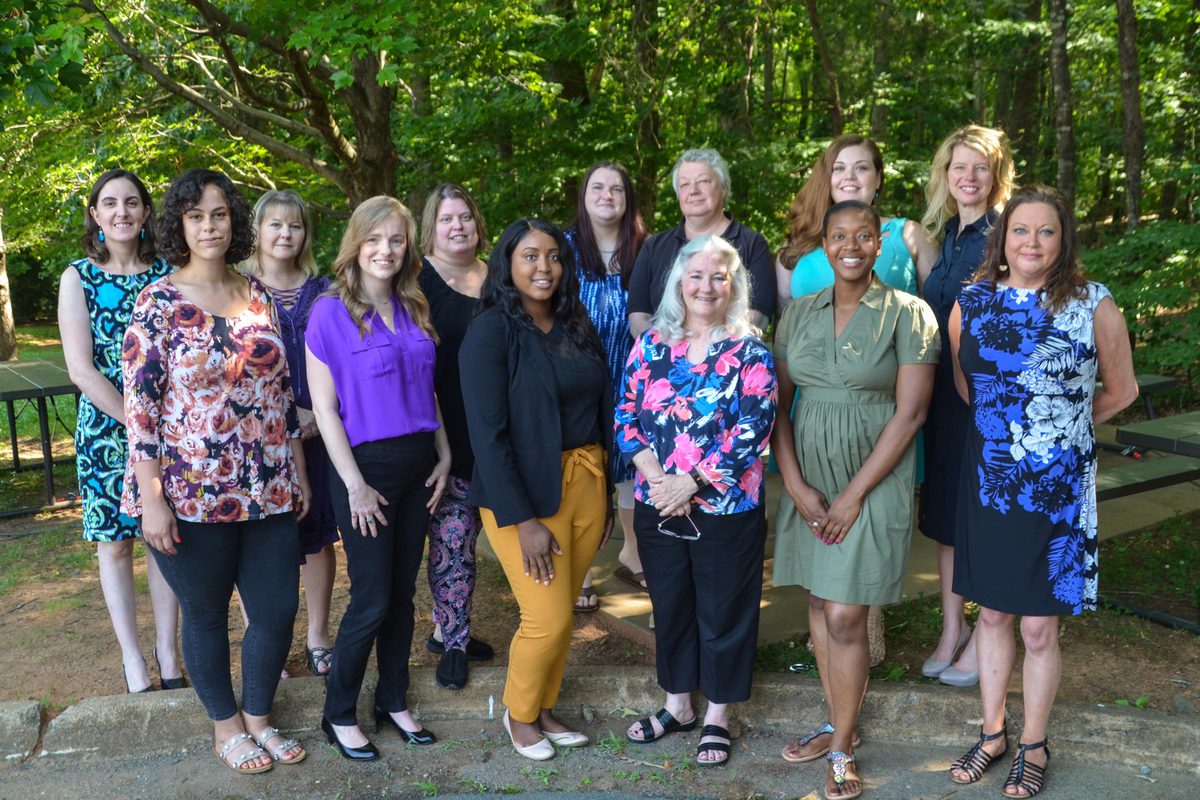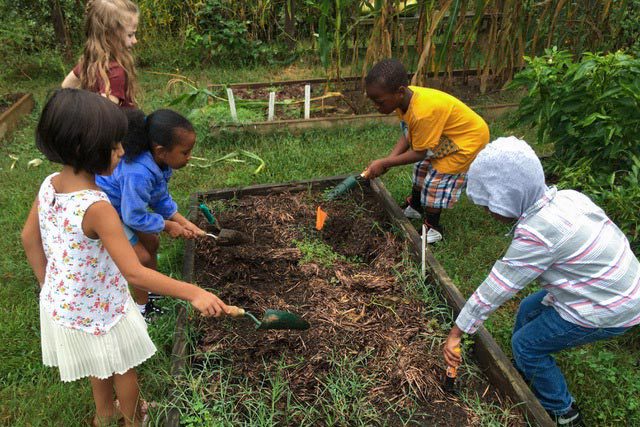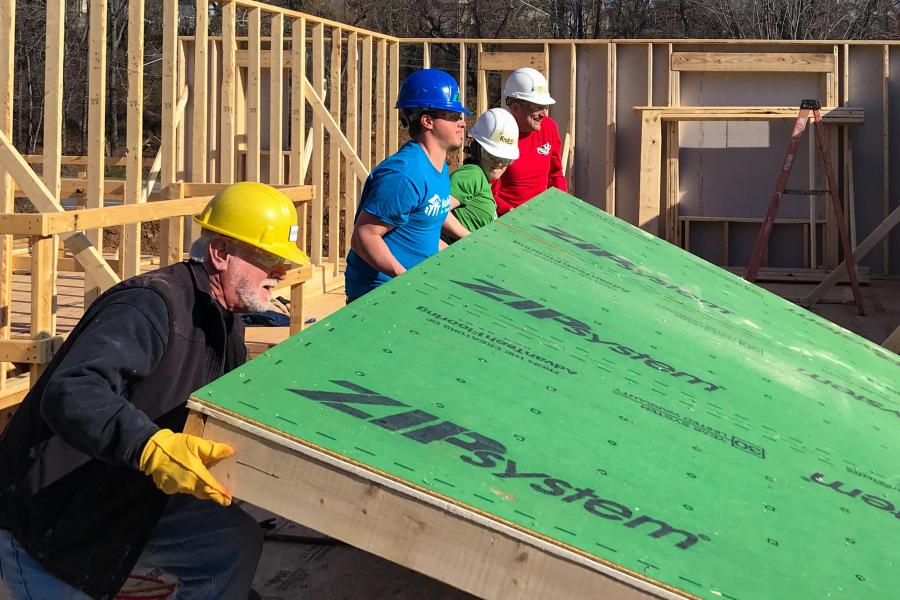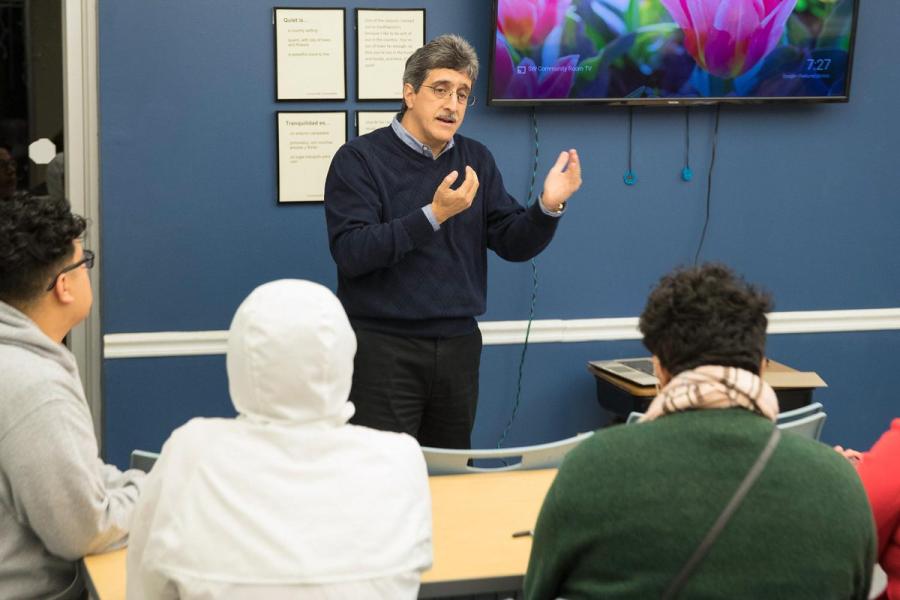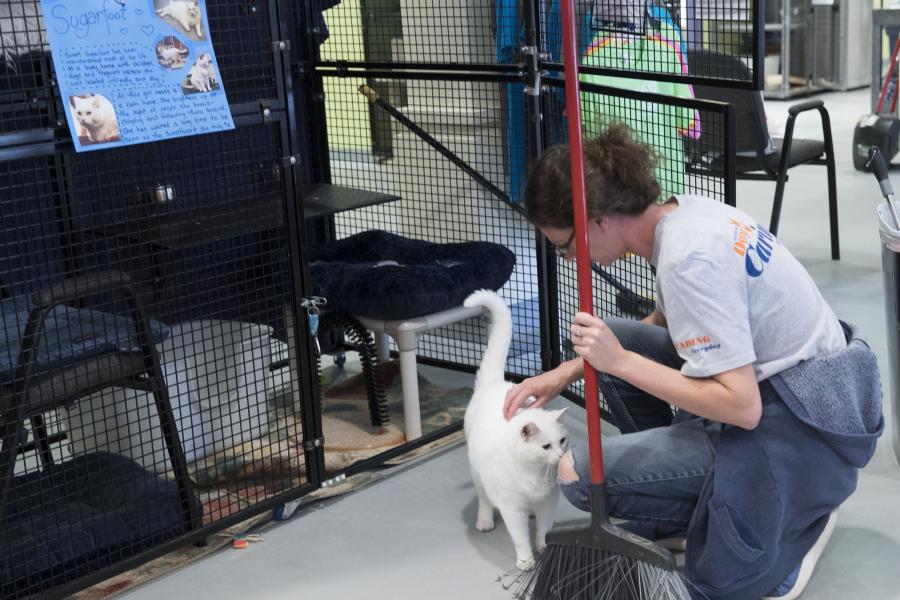Q. What’s one of the most rewarding parts of working at the sanctuary?
A. Seeing how many people from all walks of life and on all ends of our political spectrum come together because they share love and care for animals and the natural world is very rewarding. On the hardest and longest days, I’ve never gone home and felt that it wasn’t work worth doing.
Q. How would you like to see Rockfish Wildlife Sanctuary grow and change?
A. I’m most excited to see RWS grow in staffing and capacity. We’ve continued to admit more animals every year and, as our community grows, so will the need for wildlife rehabilitation. I look forward to seeing RWS as an even greater facility, a more prominent community resource with even more capacity for what we were founded to do: rehabilitate and release wildlife.
Q. How do gifts made through CVC directly serve the sanctuary?
A. We don’t waste money: we pay our staff, keep the lights on, buy food for the animals and build and fix enclosures. Our staff is small, and we rely heavily on volunteers and our summer internship programs to get it all done in the busy season. All donations go directly to the mission!
Literacy Volunteers of Charlottesville/Albemarle
Ellen Moore Osborne, Executive Director
Q. Could you tell me a bit about Literacy Volunteers?
A. LVCA helps adults learn to read, write and speak the English language. It’s a place where adults can go to improve their skills. Most of our adult learners are in the workforce; they hope that by improving their English skills they can get a job, or a “better” job.
To do this, we match our students with a trained volunteer tutor who acts as a mentor and guide through the learning experience. This is a relationship-based program, and students and volunteers often work together for a year or two.
Q. How does LVCA help our community?
A. LVCA consistently helps people master the English language and gain the skills needed to be successful workers, parents and fellow citizens. We help more than 460 people each year begin to realize their potential in our community; we help them envision a future for themselves where they can become self-sufficient.
Through our citizenship program, we have helped a large number of our students solidify their status in the U.S. by becoming naturalized citizens. Becoming a citizen is a strong indicator that he or she is committed to our community and wants to be a full participant.
Q. If you could have five minutes with someone who is thinking about giving to Literacy Volunteers of Charlottesville/Albemarle, what would you want them to know?
A. If possible, I’d have them meet one of our students and hear his or her story. But otherwise, I would want to impress upon those thinking about giving to Literacy Volunteers how their dollars are going to help someone who is actively working hard to help themselves. Our students are just like us; many of them are holding down a job (or two), raising families, and yet are making time to learn one of the hardest languages in the world. It’s tough.
And the LVCA program consistently produces results. We are highly regarded in the state among programs addressing adult literacy because we always meet our testing targets. In September, LVCA will be recognized at the national level, because one of our students has been named the “Dollar General Student of the Year.” Our student will get to travel to California to accept the award.
The Shelter for Help in Emergency
Sarah Ellis, Fundraising & Development Coordinator
Q. Could you tell me a bit about the Shelter for Help in Emergency?
A. We were established in Charlottesville in 1979. Our mission is “working to end domestic violence in our community.” We are the only agency in the area offering 24-hour emergency, confidential shelter and comprehensive support services to victims of domestic violence.
Through our 24-hour hotline and comprehensive services, the shelter provides a safe, supportive environment that serves to empower survivors with the knowledge and skills needed to make informed decisions for themselves and their families. We don’t tell our clients what to do; we offer guidance toward the tools and resources they need to move forward with their lives.
